Sidewalk trash varies in shape and size, but Dinkytown litter often takes a conspicuous and relatively new form: nicotine packaging.
The occasional vape packaging or discarded cartridge is a common sight on the streets bordering the University of Minnesota. On campus, nicotine-related waste is rare because Smoke and Tobacco Free Campus Policy policy guidelines prohibit smoking, tobacco products and electronic cigarettes indoors and outdoors an offense punishable by administrative action.
Take a walk through any dorm hall, though, or stroll past a campus building at the right time, and smoked material and its lingering traces become obvious. Students have smoked on the fringes – vaping in bathrooms, their dorms or outside – and the public health issue is a lot more complicated.
Bottom line up front
According to the spring 2022 Boynton Health Share the Air student survey, the average student sees other people vaping on campus about four times per week. This is double the observed rate of vaping from 2015.
Boynton Health health promotion specialist Mikaela Robertson said the Boynton Health Share the Air student survey is an assessment of policy compliance and awareness given to a random sample of 2,000 students and 2,000 staff and faculty. Questions include topics like whether they know about the policy or whether they have been exposed to secondhand smoke on campus.
In a non-scientific survey conducted by The Minnesota Daily, 24 of 48 respondents reported they observed students using nicotine products on campus grounds monthly. Only four respondents said they never observed nicotine usage on campus.
Off-campus areas like Dinkytown reported 29 of 46 students observed nicotine use on a monthly basis. There is a 20% increase in reported tobacco usage from the smoke-free zone to the smoke-filled zone, according to the survey.
National statistics
At least 2,082 colleges have gone smoke-free, with 83% of those colleges going completely tobacco-free according to a CDC report. Smoking in the U.S. has substantially decreased in the past 20 years amidst a rapid uptick in the number of vape and smoke shops since 2018.
National 2022 College Health Assessment data revealed that about 23% of undergraduate college students have smoked in the past three months, down from 23.8% four years prior. Smoking seems to be decreasing, especially on college campuses.
The smoking/smokeless tobacco use rate for University students ages 18–24 in the past 30 days was reported at 10% in 2021, according to the college student health survey report. Eleven percent of University students report using a vape in the past 30 days.
A tobacco-free University
University facilities, buildings and grounds on the Duluth, Crookston, Rochester and Twin Cities campuses have been smoke and tobacco-free since July 1, 2014. All students, staff, faculty and visitors are prohibited from smoking and using, selling, distributing and advertising tobacco products and electronic cigarettes in all facilities and on all University property.
Student Affairs Vice President Calvin Phillips said in an email to the Daily the Smoke and Tobacco Free Campus policy was established to reduce secondhand smoke exposure. He said the policy results in cleaner air for everyone and a supportive environment for tobacco users who want to quit.
“Since the policy was first implemented nearly 10 years ago, cigarette use and secondhand smoke exposure among University of Minnesota students have decreased dramatically,” Phillips said in the email.
Phillips said the policy relies on students, faculty and staff to encourage compliance of each other.
“Students, faculty, staff, and visitors who violate this policy should be reminded about it and asked to comply,” Phillips said in the email. “Repeated violations can be reported to Share the Air or the Office for Community Standards.”
Robertson said the formal procedure to promote compliance for someone on campus consists of identifying smokers and reminding them of the policy, places they can smoke off campus and to be aware of the people around them. Further action would consist of reporting them to their supervisor on a second reminder with the third reminder being reporting them to University Human Resources, according to Robertson.
Robertson said reports are rare, however. The ability to enforce is dependent on a variety of factors, including whether the person smoking is identified and is a student/employee or not.
“For visitors on campus, you know, the policy applies to them,” Robertson said. “There’s very little that we can do if a visitor were smoking on campus.”
According to the Boynton Health Share the Air survey in years 2015-2022, 70% of students would be very unlikely to say something about the Smoke Free Campus policy.
Robertson said the Minnesota Clean Indoor Air Act makes it illegal for anyone to smoke indoors, whether on campus or not. Students cannot get arrested for smoking outdoors on University grounds, but breaches of policy are treated much like breaches of the student code of conduct, she said.
University code of conduct breaches are subject to outcomes ranging from warnings to expulsions, depending on a variety of factors like the nature and severity of the event and potential for “student development.”
The smoke-free policy plan is focused on both communication and implementation of guidelines, according to Robertson.
“If there’s a lot of smoking reported in the parking ramps, we work with Parking and Transportation Services to put signs in the parking lots and the parking ramps,” Robertson said. “When people report smoking hotspots on campus, we address that often by hauling a sign to that location.”
Robertson said the data they collect related to the smoke-free policy comes from questions that ask about exposure to secondhand smoke, knowledge of the policy and levels of support for the policy.
Robertson added she is concerned about rates of student engagement with the policy, despite decreasing levels of cigarette smoking.
“We have a pretty passive ‘don’t interfere with other people’s business’ kind of culture,” Robertson said. “I think that extends to this policy too.”
Where students are smoking
Housing and Residential Life (HRL) Director Susan Stubblefield said in an email to the Daily HRL staff is expected to confront and report smoking, vaping and tobacco violations of community standards.
“Smoking is against policy – Community Behavioral Standards – and we have very few violations reported to our staff,” Stubblefield said in the email. “With the presence of vaping options, it is much rarer to have tobacco use noted or reported.”
Office of Community Standards (OCS) director Sharon Dzik said in an email to the Daily that the OCS has seen very few violation reports for the policy since it was implemented 10 years ago. The OCS receives and tracks reports of all tobacco policy violations.
79% of students surveyed by the Daily reported they knew at least one student who consumed nicotine on campus property. Some respondents said the number of students they knew was in the double digits.
“I’m involved in a lot of groups and organizations, I couldn’t put a number on it,” one survey taker reported.
Another said they are “unsure if the policy actually reduced smoking on campus or just made people hide it better.”
President of the 365 Green student group Scheckre Wheeler, a fourth-year at the University, said she believes everyone should have the choice to smoke, but as she is allergic to some compounds in smoke, she can always tell when people are smoking in the dorm buildings because she gets light-headed.
“For me, it can be very seriously damaging,” Wheeler said. “It is a concern safety-wise.”
Wheeler said there have been instances where her dorm mates have told her to stay inside, as it is not safe to move through the halls.
University Waste Recovery Services said in an email to the Daily that when doing full building audits, it does not have data regarding tobacco products on campus because the amount it finds is too small to measure.
Luke Wittner, a third-year at the University, said personal factors may still lead some people to continue smoking.
Wittner added that designated smoking areas would reduce litter associated with smoking, minimize secondhand smoke exposure and could create a more organized and respectful environment for smokers and non-smokers.
“People will always smoke, regardless of whether there are smoke-free areas or not,” Wittner said. “Everyone knows smoking is bad for you, but no ‘smoke-free areas’ will change people’s opinions.”


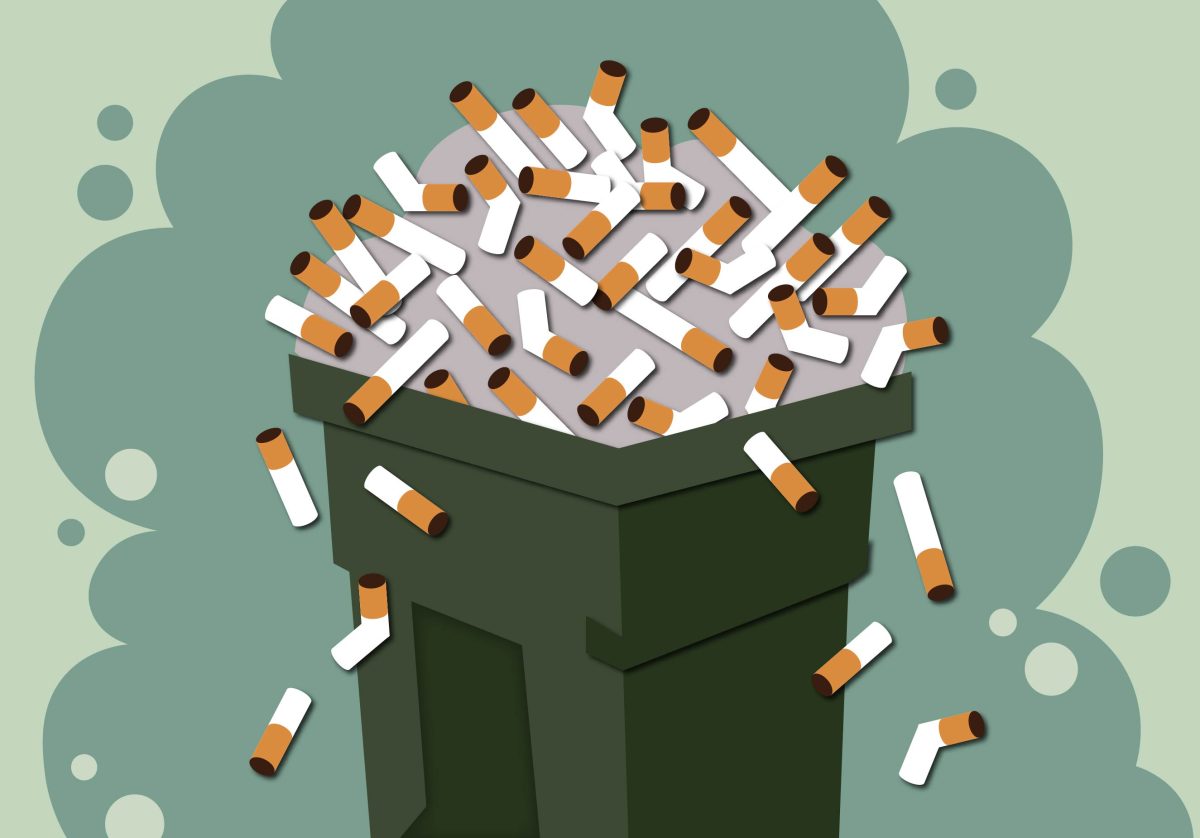
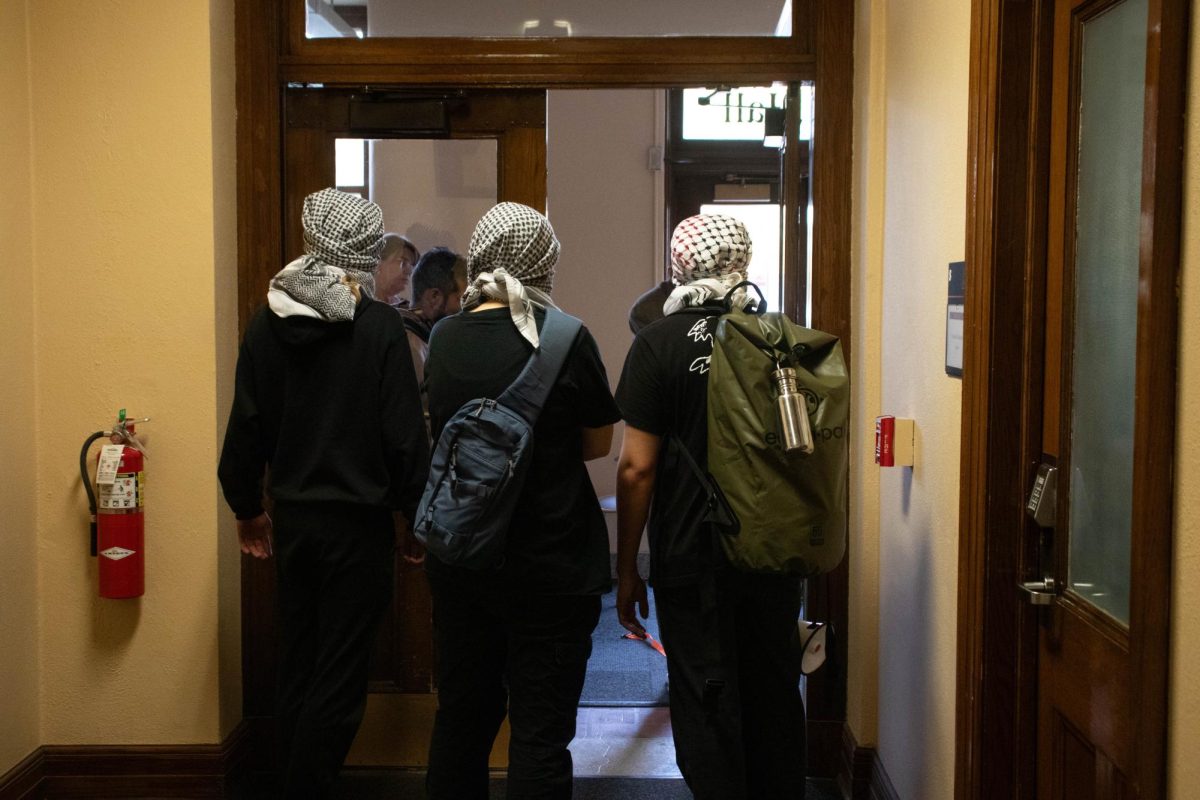
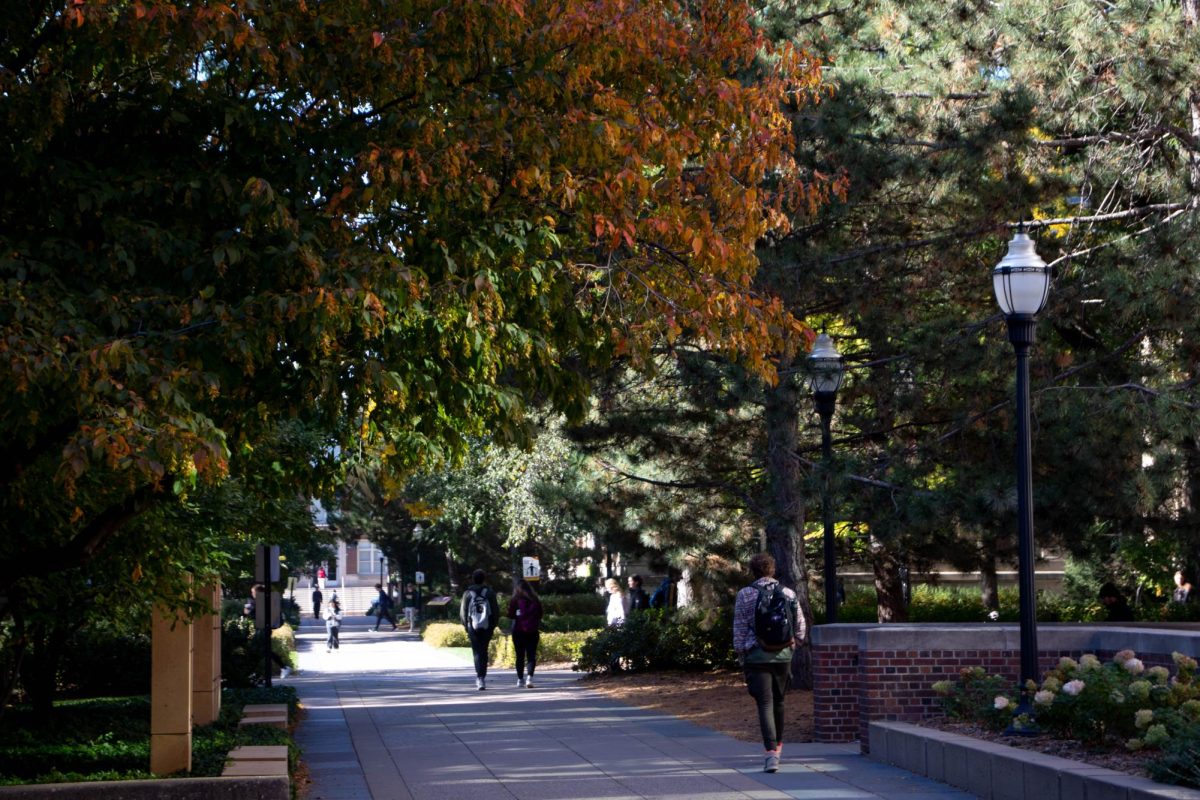

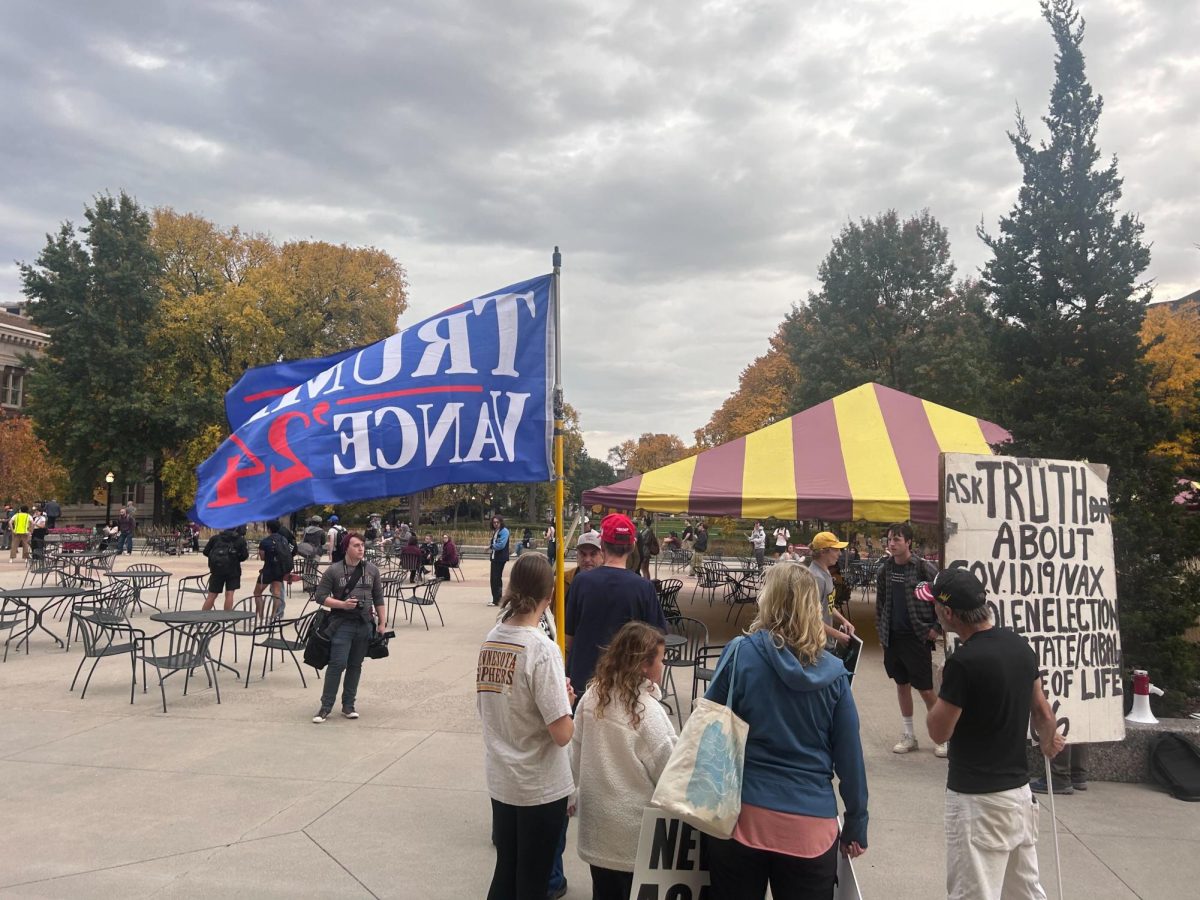
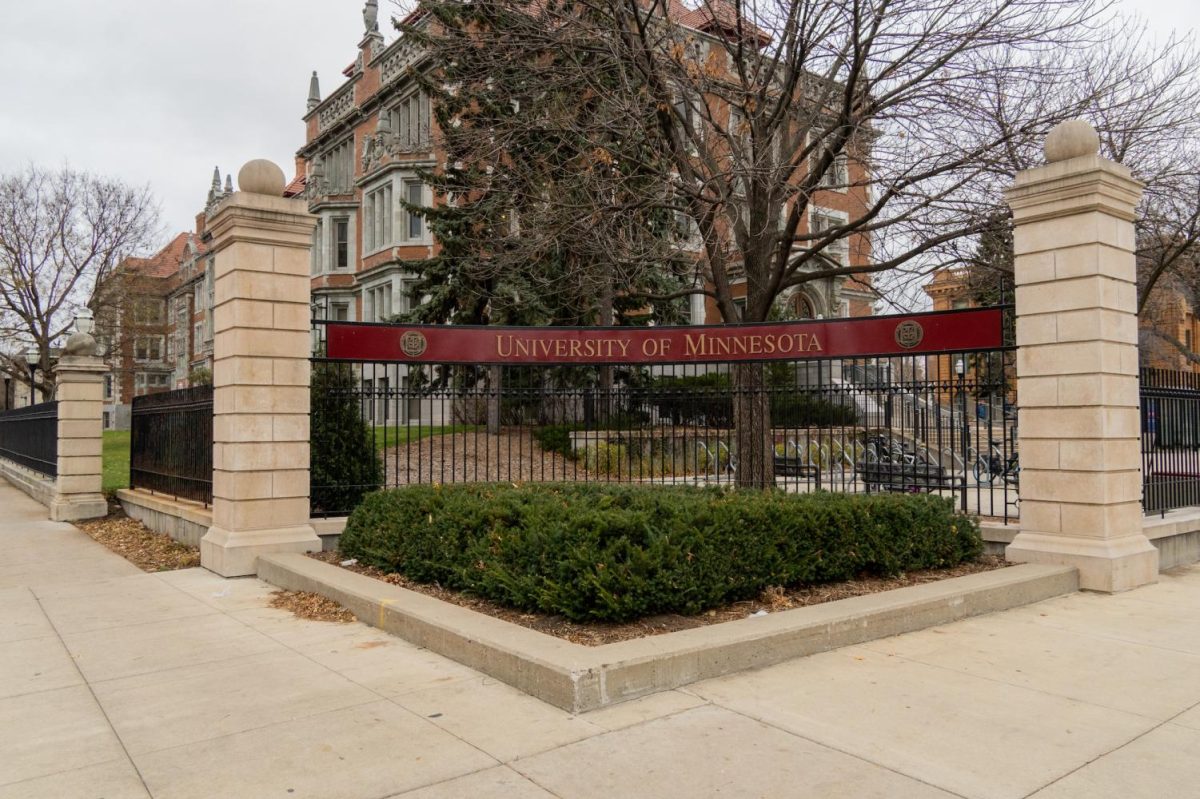
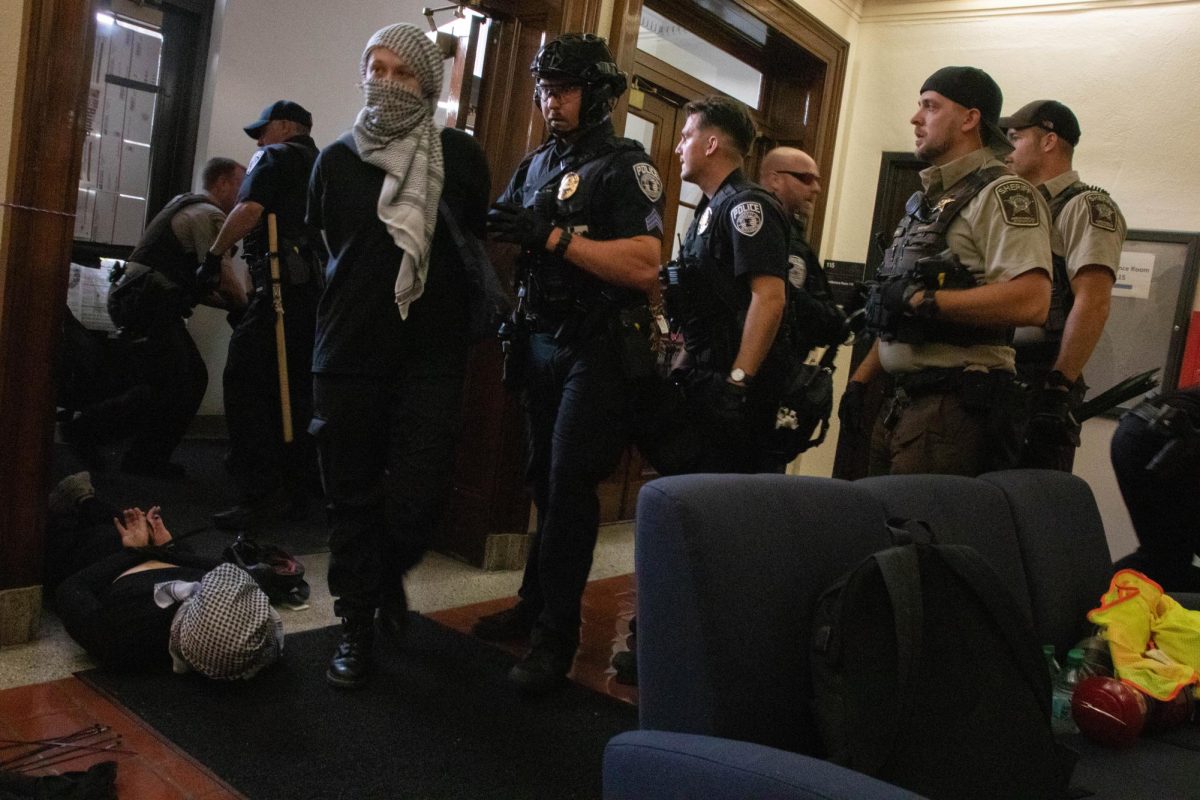

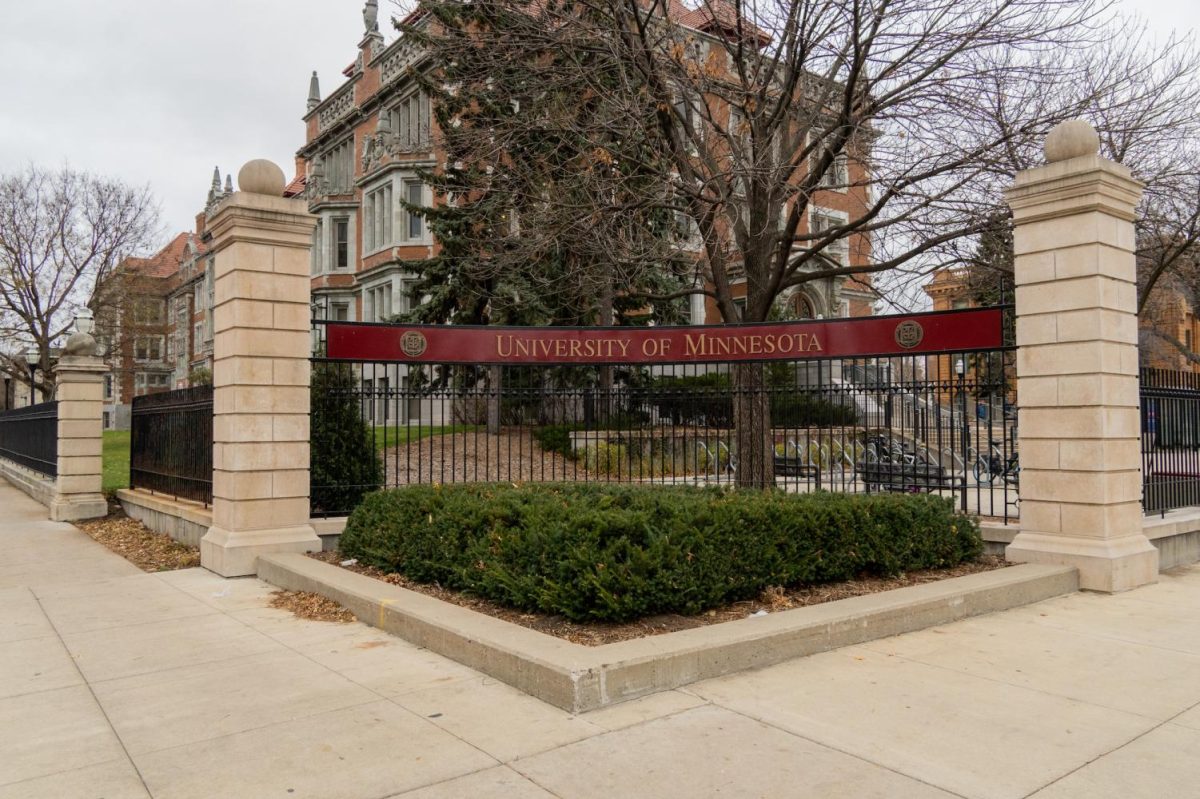


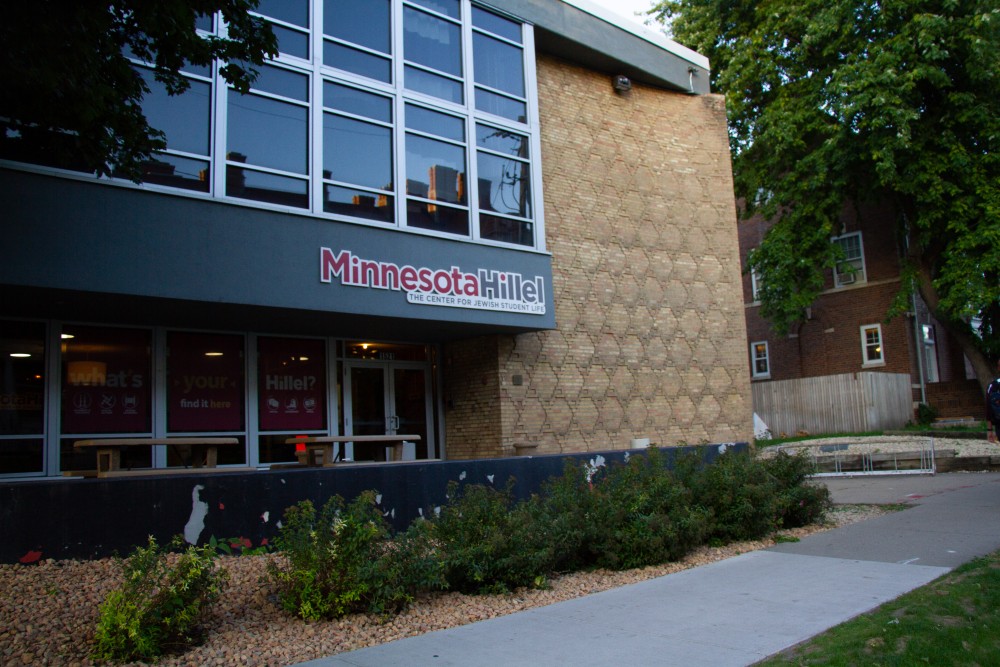
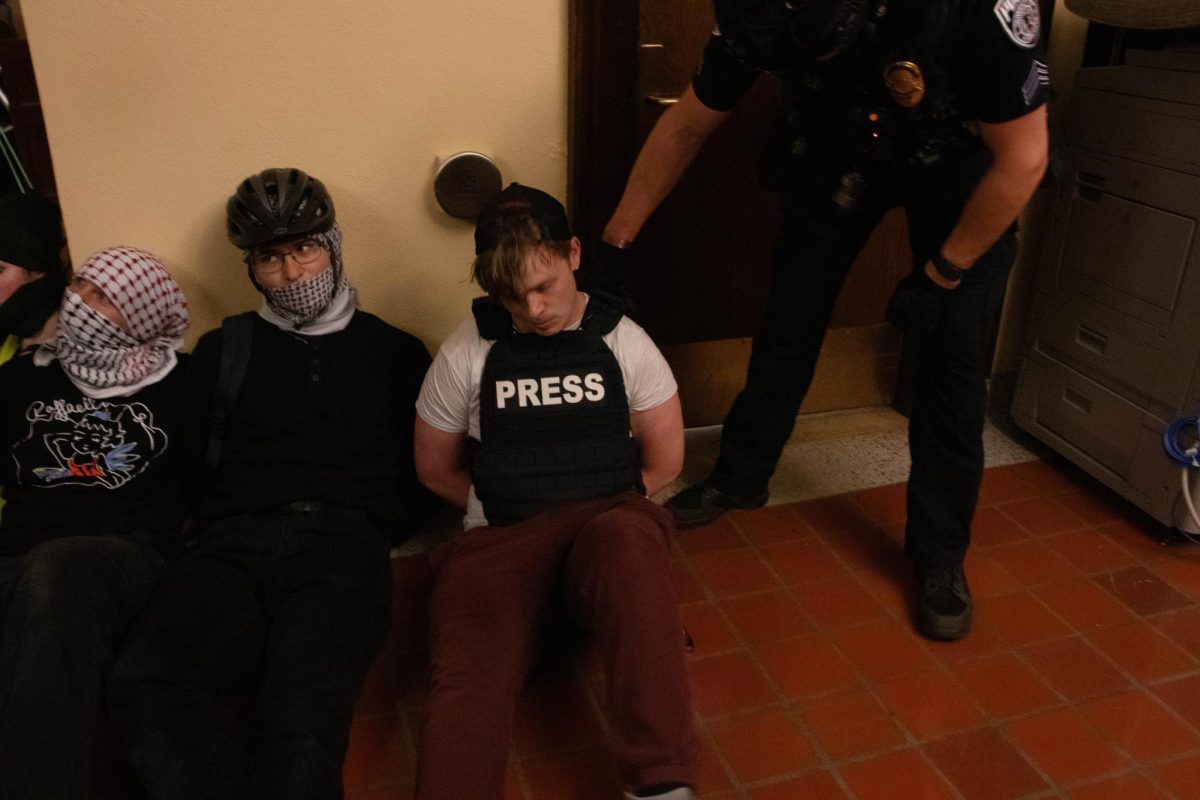





Sandra
Mar 6, 2024 at 12:52 pm
The smoke free policy annoyed me as a pointless pr stunt. It can work on a small campus , but are you really going to pretend staff and on-campus residents are going to hike off-campus on a large campus (particularly in the cold)?
Bob Mecum
Feb 6, 2024 at 1:15 pm
Outside of the north side of Ferguson Hall on the West Bank campus is a daily hotspot for chronic smokers. It is below grade and hidden. Let’s please get a sign posted there and perhaps occasional monitoring.
UMN1
Feb 5, 2024 at 1:04 pm
There are utility easements not owned by the UMN surrounding superblock, along Washington Ave, parts of Pleasant Street, University Ave, etc. You can smoke within these easements that cut through campus all you want.
June Blue
Feb 5, 2024 at 11:52 am
Tobacco free, except for Infigenous Ceremonial use of Asemaa (Tobacco). The 1978 American Indian Religious Freedom Act is Federal Law that says Indigenous Peoples can practice their culture. This includes Asemaa in a Pipe, Tobacco Ties, Tobacco in the Fire, ect. This also includes Smudging (which is another form of Indigenous Peoples Ceremonies).
vic
Feb 5, 2024 at 11:49 am
23% figure has not changed b/w 2019 and now, typo spotted
Sarah
Feb 5, 2024 at 11:03 am
No smoking? That’s a laugh! Have you seen the cigarette butts at every bus stop and the entrance to RecWell? I notice the ones at RecWell every time I go. I mean, really? You’re going to RecWell to be healthy and you do THAT to your body. You are dumber than dumb.